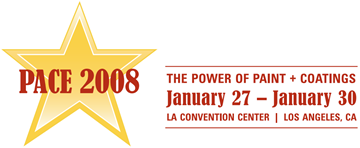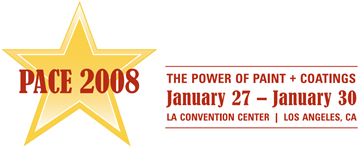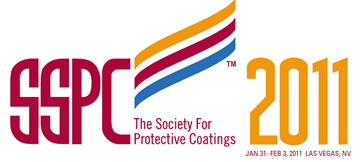Search
Products tagged with 'polyurethane'
View as
Sort by
Display
per page
Efficient Polyurethane Pipe Coatings for Harsh Conditions
Product Number:
41214-869-SG
Publication Date:
2014
$20.00
Epoxy Penetrating Sealer Over Latex Acrylic - Good or Bad?
Product Number:
41215-934-SG
Publication Date:
2015
$20.00
Evaluation and Prediction of Protective Performance for Epoxy Systems and Epoxy/Polyurethane Systems in Wet and Dry Environments
Product Number:
41206-258-SG
Publication Date:
2006
$20.00
Field and Laboratory Experience with Polyurethane Pipe Linings
Product Number:
41214-863-SG
Publication Date:
2014
$20.00
Flame Retardant Polyurethane Corrosion Protective Coating
Product Number:
51322-17696-SG
Publication Date:
2022
$20.00
Leak Mitigation of Dynamic Cracks in Concrete
Product Number:
41216-982-SG
Publication Date:
2016
$20.00
Moisture Cured Polyurethane Saves the Day
Product Number:
41208-442-SG
Publication Date:
2008
$20.00
One-Component Waterborne Polyurethane Dispersion (PUD) Topcoat TwoComponent Polyurethane Performance
Product Number:
41206-296-SG
Publication Date:
2006
$20.00
Performance of Two-Coat Zinc Rapid Deployment Systems on Steel Surfaces
Product Number:
41205-160-SG
Publication Date:
2005
$20.00
Polyaspartic Coatings that Perform as Well as Polyurethane Coatings
Product Number:
41208-411-SG
Publication Date:
2008
$20.00
Polyether Polyols: A Renewably Sourced And High Performance Ingredient For Coatings
Product Number:
41211-654-SG
Publication Date:
2011
$20.00
Polyurea Great Wall Beijing-Shanghai High Speed Railway Polyurea Protective Project
Product Number:
41212-719-SG
Publication Date:
2012
$20.00












